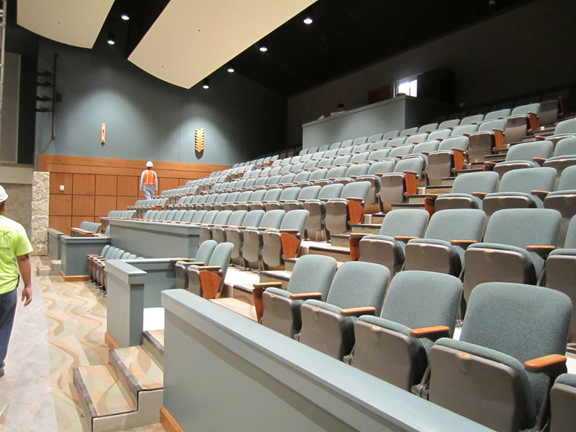One of the perennial challenges arts organizations face is attracting a younger audience and the tendency of audiences to commit so late that you wonder if there will be one for your event at all. According to a recent blog post by Priya Parker (which includes her talk at TEDxCambridge on the same subject), this is a result of a paralysis millennials feel when faced with so many choices. There is a fear of missing out on a better option.
Parker has conducted many interviews during her research in which respondents discuss the paralysis they feel at the prospect of making the wrong choice.
“Am I setting up my adult life to be the way that it could optimally be?” one of my subjects asked aloud, speaking of her general approach to life decisions. This subject explained how FOMO could even invade the pursuit of a spouse: “On the personal side, there’s this fear of ‘Am I committing to the right person?’”
More and more, particularly among those who have yet to make those big life decisions (whom to marry, what kind of job to commit to, where to live), FOMO and FOBO – the “fear of better options” – are causing these young leaders to stand still rather than act. “The way I think about it metaphorically is choosing one door to walk through means all the other doors close, and there’s no ability to return back to that path,” one subject told me. “And so rather than actually go through any doorway, it’s better to stand in the atrium and gaze.”
Those with the most options in this generation have a tendency to choose the option that keeps the most options open. Wrap your head around that for a second.
[…]
Many of us watch the choices of our peers and predecessors with a blend of admiration and anxiety. What seems to afflict this cohort – more than the political strivings or existential angst that defined earlier generations of elites – is a persistent anxiety about their might-have-been lives, about the ones that got away.”
I don’t think it is much consolation for art organizations to know this is something of a personal problem because ultimately, your audience’s problem is your problem. But once you have created an appealing work, communicated the information through appropriate channels and made it easy for those last minute decision makers to gain admission to your event, there may not be a heck of a lot left to do but watch and wait.
Obviously, this also has some implications about the development of creativity, a quality that seems to be receiving greater amounts of attention. It was apparently the a cover story of this weekend’s Wall Street Journal Weekend Review. Cultivating creative ability requires a lot of trial and error, especially the error part. You get better by learning from your mistakes. If Millennial are risk-averse, they may be too reluctant to commit themselves fully enough to make great creative strides.
In fact, in her TEDxCambridge talk, Parker mentions a number of related practices that inhibit creativity. One in particular was valuing success over mastery where when given the choice of spending two hours networking over coffee or two hours working on honing their artistic abilities, “they will always choose the coffee.”
Granted, every generation has been accused of being less accomplished than the generation before. Though that is usually by the preceding generation, Parker is speaking about her own generation. In the context of so many sources saying creativity is important, it will be worth paying attention to whether this approach to life will ultimately be a problem for the Millennial generation.






There is another way. The Gewandhaus Leipzig in Germany (concert venue) offers flex- tickets for a small premium. Not an…